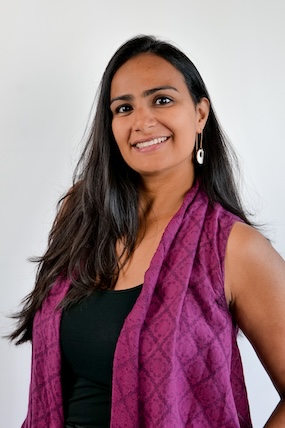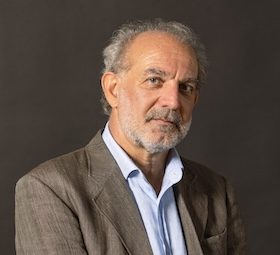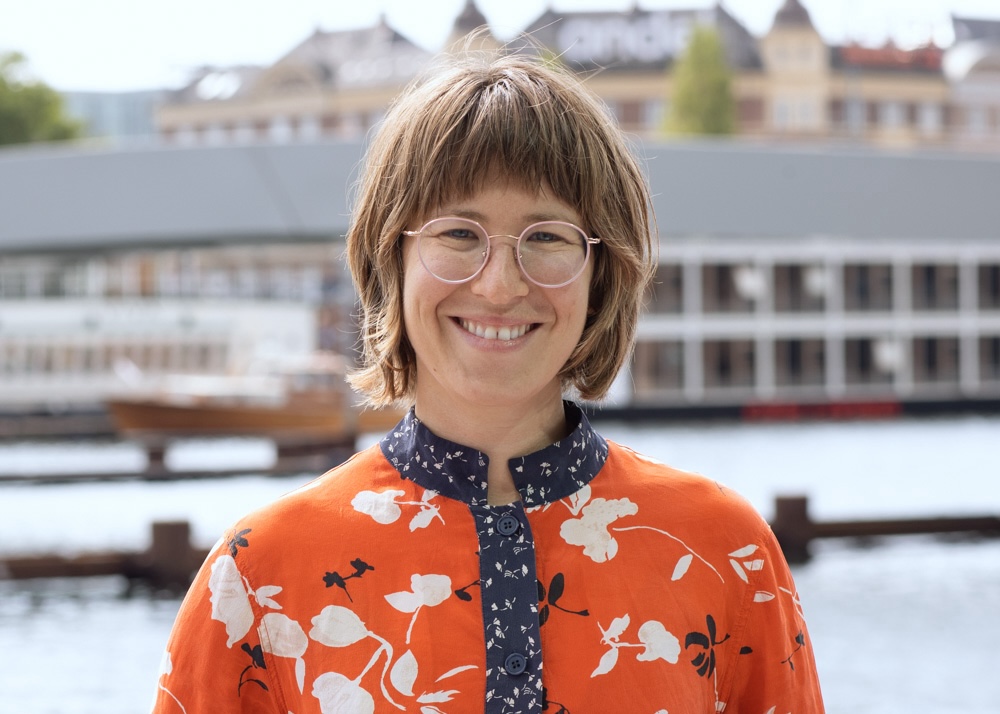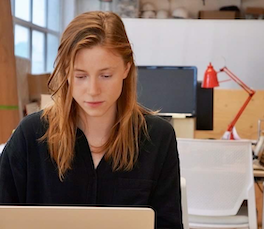
Ankita is committed to building a future where all children and families thrive and flourish. She has over ten years of global experience working on her mission through partnerships with city agencies and the private, non-profit, and philanthropic sectors. She is the Director of Climate Program at Capita, an independent, nonpartisan think tank with a global focus. Previously, Ankita served as the Knowledge for Policy Director at Bernard Van Leer Foundation. She led a multi-functional team responsible for sharing tools, knowledge, and resources for advancing early childhood policy that supports the well-being of children and caregivers in cities.
Michal Matlon: You work on creating cities that are good for children. What does that mean?
Ankita Chachra: Nurturing environments and loving and attentive caregivers are the cornerstones of a healthy, happy, and thriving childhood. Babies need food, sleep, and security, and much of that depends on the caregiver, given their limited mobility in the early years.
Going even further, there are studies that point out how a woman’s mental health during pregnancy and her chronic stress have a direct impact on the outcomes for the child and their development.
This aspect of psychology fascinates me because how well we can take care of children inherently depends on how well we can care for adult caregivers and their mental health.









